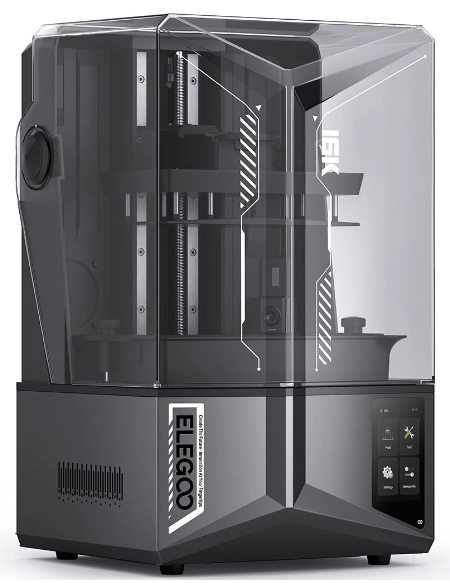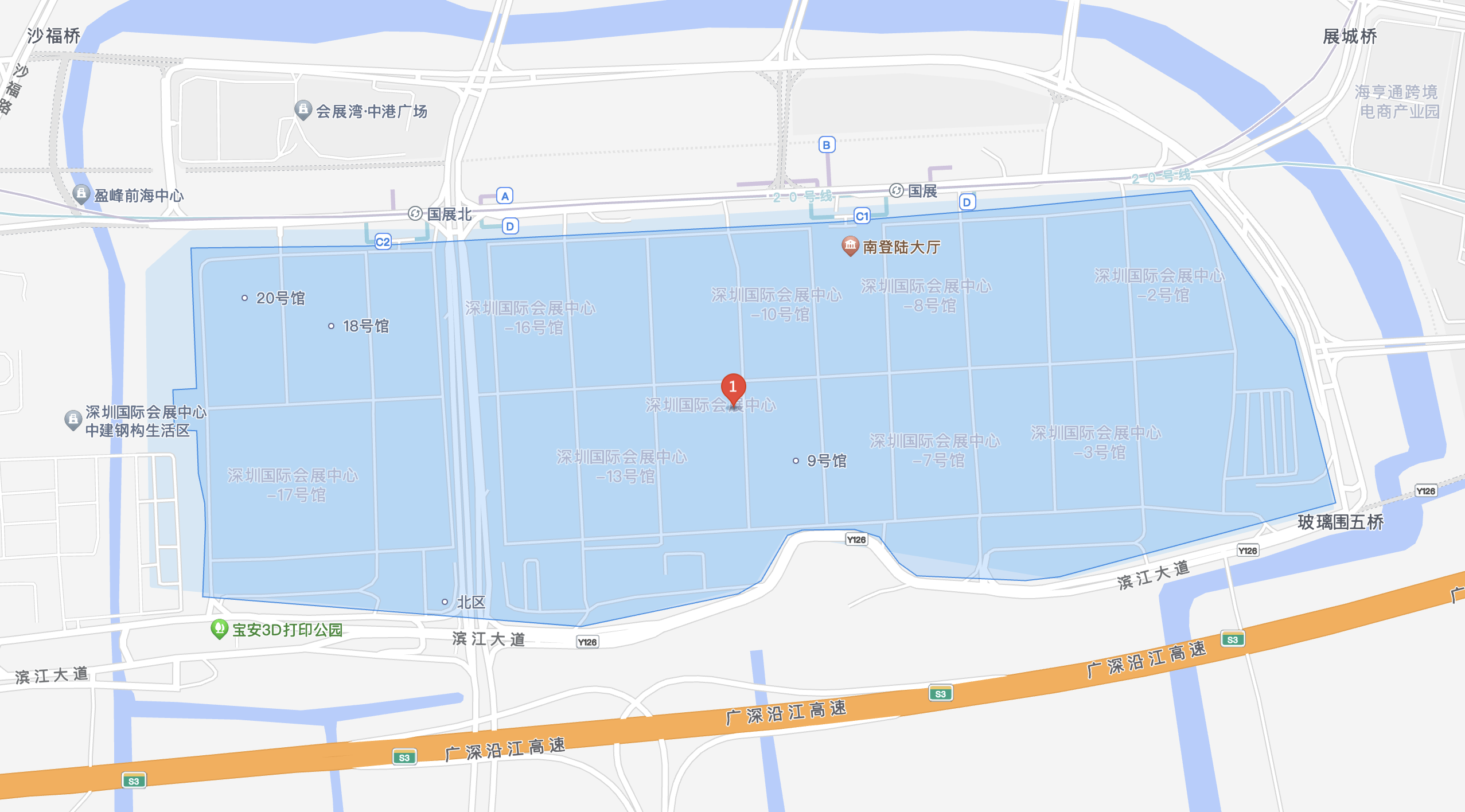Elegoo is a global consumer 3D printing leader headquartered in Shenzhen. Founded in 2015, it focuses on the research, development, production and sales of smart hardware products such as photocuring and FDM 3D printers, laser engraving machines, etc. Its core products include Saturn series high-precision photocuring printers, Neptune series FDM printers and Jupiter series industrial-grade equipment. With LCD photocuring technology, large-size printing capabilities and high cost-effectiveness, its shipments are firmly in the forefront of the world, and its photosensitive resin consumables sales also rank first in the industry. The brand covers more than 90 countries around the world through independent stations, Amazon and other diversified platforms, with more than 700 employees and a 30,000 square meter production base. Its sales will exceed 1.6 billion yuan in 2024 and are expected to reach more than 2 billion yuan in 2025.
In the rapidly developing 3D printing industry, technological innovation and the improvement of user experience have always been the dual-wheel drive to drive the industry forward. Recently, Elegoo announced the introduction of a new RFID (radio frequency identification) ecosystem for its upcoming printer product line. This move not only marks another milestone in Elegoo's technological innovation, but also brings new possibilities for intelligence and automation to the entire 3D printing industry.
RFID: The new engine of smart printing
Elegoo's new RFID ecosystem integrates resin bottles with RFID tags, carefully designed scanners, and cloud-connected printing profiles to form an efficient and intelligent printing solution. Users only need to place the resin bottle with RFID tags in the designated location, and the printer can automatically read the information on the bottle, including the resin name, type, batch number, and preset printing profile metadata, to achieve automatic profile loading, greatly simplifying the preparation work before printing.
In addition, the system also supports material usage tracking and batch traceability functions, so that users can easily monitor material consumption, ensure printing quality, and provide strong support for subsequent quality control and troubleshooting. Elegoo said that these features were designed to simplify workflows, reduce human errors, and thus improve overall printing efficiency and quality.

To encourage technological innovation and community participation, Elegoo publicly solicited public feedback on its website and shared detailed RFID tag guidelines and sample code through its GitHub page, inviting developers to create and test custom tags. This open attitude not only promotes the rapid iteration of technology, but also enhances the cohesion and activity of the user community.
In the future, Elegoo also plans to expand the system to other printer models and introduce more practical features, such as usage history, tampering detection, and regulatory-compliant resin verification, to further enhance the user experience.
Analysis of the application potential of RFID in 3D printing
Although the application of RFID technology in logistics and supply chain management is quite mature, its exploration in the field of 3D printing has just begun. With the continuous advancement of technology and the expansion of application scenarios, RFID is expected to play a more important role in 3D printing, from material authentication, traceability to automated workflow management, there will be revolutionary changes.
In the field of 3D printing, RFID technology is gradually becoming a key tool to improve manufacturing efficiency and reliability. Its core value is reflected in the precise control of the printing process: by embedding RFID tags in consumables, the printer can automatically identify the material type, specification parameters and applicable processes, and complete parameter adaptation without human intervention. For example, multi-material 3D printers of brands such as Tuozhu have achieved plug-and-play and intelligent switching of consumables through this technology. This automation not only reduces human errors, but also significantly shortens the equipment debugging time.
In the manufacturing process of complex parts, RFID technology bears the heavy responsibility of quality monitoring and process traceability. The temperature, layer height, filling density and other data collected in real time during the printing process are recorded in the tag and synchronized with the cloud management system. If there is an abnormal parameter, the system can immediately trigger an early warning and suspend the operation to prevent defective parts from flowing into subsequent links. At the same time, the RFID tags on the finished products can be associated with production batches, quality inspection records and design files to form a complete quality traceability chain, which is particularly important in fields with high reliability requirements such as aerospace and medical.
Inventory management is another major application scenario of RFID technology in 3D printing workshops. By deploying reading and writing devices in the consumables warehouse, the system can automatically count inventory, track the progress of consumables consumption, and predict replenishment needs based on printing tasks. For example, when the remaining amount of the spool is lower than the threshold, the system can automatically generate a purchase order or remind the operator to replace the consumables, thereby avoiding production interruptions caused by material shortages. This dynamic management mechanism greatly improves the turnover efficiency of consumables and reduces storage costs.
From a technical perspective, the non-contact identification characteristics of RFID enable it to adapt to the high temperature and dust environment of the 3D printing workshop, and the label is small in size and has a long life, and can be directly integrated into the consumable packaging or print parts. As the cost of labels continues to decline, the hardware integration cost with 3D printers has approached zero, while the process optimization benefits brought by it are becoming increasingly significant. In the future, with the further development of the Internet of Things and digital twin technology, RFID is expected to become the infrastructure of the 3D printing "smart factory", promoting the evolution of manufacturing models towards flexibility and collaboration.
This paper is from Ulink Media, Shenzhen, China, the organizer of IOTE EXPO (IoT Expo in China)



















